The Holy See’s Pavilion was presented at the Horticulture Expo in Beijing, inaugurated on 29 April, as a token of the love and interest with which Pope Francis looks at the East, a place of encounter and interaction stemming from the new path of dialogue initiated between the Holy See and China. In an area of 200 sq. metres, responding to the main theme “Live green. Live better”, the Vatican Gardens were recreated with their lawns, fountains, trees and winding steps. “It was developed as an expression of the sub-theme Home of Hearts – a meeting place, a time to share beautiful things – in the exhibition space where the Pavilion is located”, said Mr. Kin Sheung Chiaretto Yan, coordinator of the project, from Beijing. A large flow of people visited the exhibition in the past six months. On 14 September 2019, the day will be dedicated to the Holy See (the Holy See National Day). A symposium is being organized for the occasion, dedicated to the theme of ecology. “It’s the first time that the Holy See officially participates at an Expo in China”, said Chiaretto Yan. “This symbolical and delicate presence is nonetheless extremely significant.”

Could you expand?
It is significant for at least four reasons: because it responds to a formal invitation from the Chinese government; because it is happening for the first time, and thus it is a historic event; because this exhibition is addressed to the people and is conceived as a venue for an authentic, personal meeting with everyone; and finally because it has paved the way for a new path of dialogue, the cultural path. Indeed, it is the fruit of the dialogue initiated between China and the Holy See , although the invitation was made two years ago.
Mutual esteem has grown during this period.
Could you tell us more about the Pavilion?
Ecology and environmental protection are the main themes of the Horticultural Exhibition in Beijing. The Holy See Pavilion was thus designed and developed drawing inspiration from the messages expressed by Pope Francis in the Encyclical Letter Laudato si’. The painting by Peter Wenzel Adam and Eve in the Earthly Paradise conveys the harmony between man and Creation, between man and woman, between nature and humankind.
The entire Pavilion speaks of relations.
The reproduction of a bronze relief of Saint Peter’s Square, with the Rose of the Winds of the East and the inscription Levante (east), representing the winds blowing from the east with its vitality, stands at its centre. It recalls the journeys of the Holy Father in the far East and the interest with which the Holy See looks towards the East and to China to create bridges and bonds. Inside the pavilion is also displayed a gilded sculpture of an olive tree bearing a quotation from the Pope’s Encyclical: “Whether believers or not, we are agreed today that the earth is essentially a shared inheritance, whose fruits are meant to benefit everyone.” (LS 93). Two manuscripts from the Vatican Apostolic Library regarding herbaria and the medicinal properties of herbs and plants are also displayed, highlighting the Church’s contribution in this field as well as the close relationship with ancient Chinese herbal medicine. The Pavilion features non-polluting Li-Fi technology and it houses an innovative indoor hothouse, realized with cutting-edge technologies that boost plants’ growth. This suggests that there is no conflict between faith and science. Indeed, the Church encourages the use of technologies with respect for creation to offer a better life to people today.
What is the message to the Chinese people, conceived in the layout of the structure?
Our Pavilion is meant to be a sign: here all visitors, regardless of their beliefs or culture, can rediscover the values that unite us.
The protection of nature for the common good is a universal message just like the message of world peace. Throughout the 162-day period of the Expo, visitors will be guided by groups of young Catholics and student volunteers. They will work with us for a few weeks or for the entire period. We feel that we are serving as ambassadors of dialogue and welcome. There is a beautiful atmosphere inside the Pavilion. The witness of communion among us and the spirit of reconciliation and dialogue with others are extremely important, of inestimable value.
To what extent has the figure and personality of Pope Francis contributed to opening China’s doors to the Catholic Church?
One of the interpretative principles of social reality in the words of Pope Francis is “the whole is greater than the part”, which is very much in tune with the culture of the Far East. The organic vision of the Pope is very close to the Oriental vision. Since the Pope comes from a continent other than Europe, his perspective extends to the other part of the world. Indeed the figure and personality of Pope Francis have contributed to opening the doors of China to the Catholic Church. Pope Francis has addressed many expressions of friendship and words full of love to China. In fact all the events that have taken place up to now fall within this frame of thought: during the Pope’s apostolic visit to Korea, China opened its air space for the first time to a Pontiff who was crossing its skies; Pope Francis and President Xi Jinping were elected almost on the same day in 2013, and they wrote to each other! In addition to the Holy See Pavilion, in China for the first time ever, masterpieces from the Vatican museums are on display in the Palaces of the Forbidden City in Beijing in an exhibition titled “The Beauty Unites Us”, open to the public until July 14. Only last week, three conferences on Pope Francis were held for the first time in the most prestigious universities in China, that of Father Antonio Spadaro, at the Chinese Academy of Social Sciences and at “The Beijing Center” at the Beijing University of International Business and Economics, as well as the conference of Father Benoit Vermander, S.J. at the University of Beijing. These facts speak for themselves and the relations are progressing. It’s a propitious moment.
You just described the Pavilion of the Holy See as a venue for cultural dialogue. What do these distant worlds have to say to one another? We are united by shared values, but the witness of welcome and communion is of inestimable value. The Pope, who so often highlights the culture of encounter, addressing China, has said: “We must find a way through dialogue to “walk together”, availing ourselves our mutual cultural and historical treasures of our civilizations for the sake of building a common future of sublime harmony.” In a recent Urbi et Orbi message Pope Francis mentioned the power of colours to exemplify the fraternity among individuals of every nation and culture: “Our differences, then, are not a detriment or a danger; they are a source of richness. As when an artist is about to make a mosaic: it is better to have tiles of many colours available, rather than just a few! I find this to be in deep harmony with the speech of President Xi Jinping at the Conference on Dialogue of Asian civilizations (Beijing, May 15-22): “We must value the beauty and the cultural diversity of world civilizations. We should create conditions for other civilizations to fully bloom while making our civilization full of vigour. Together we can create a garden of civilizations that enrich the world with sounds and colours.”
Ultimately, we discover that the things we have in common are more than we had imagined, and that diversity is enriching.












